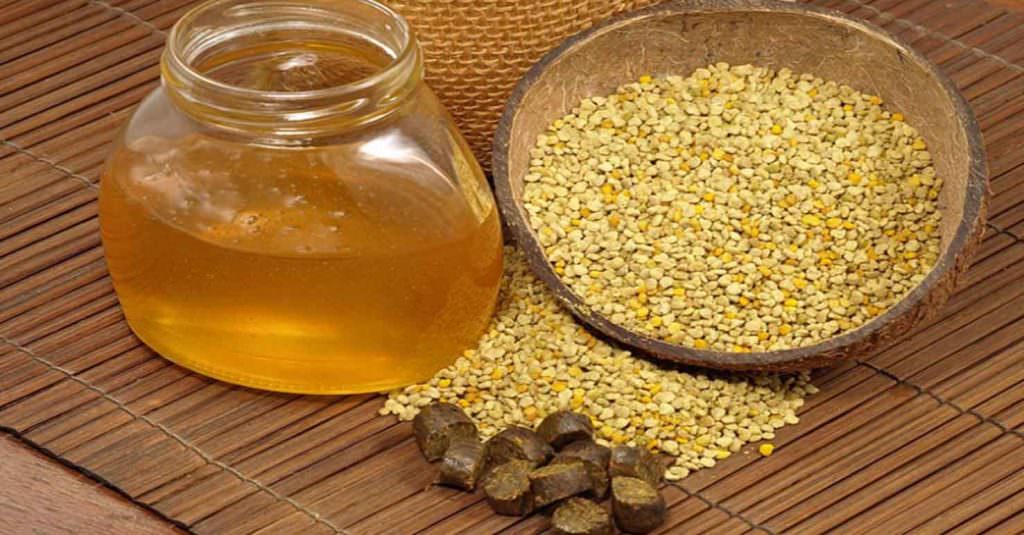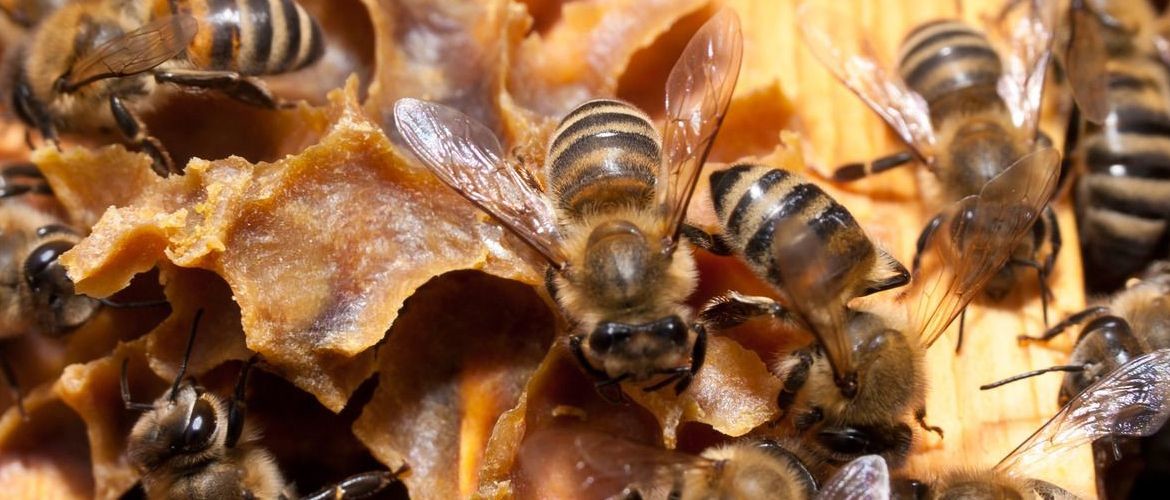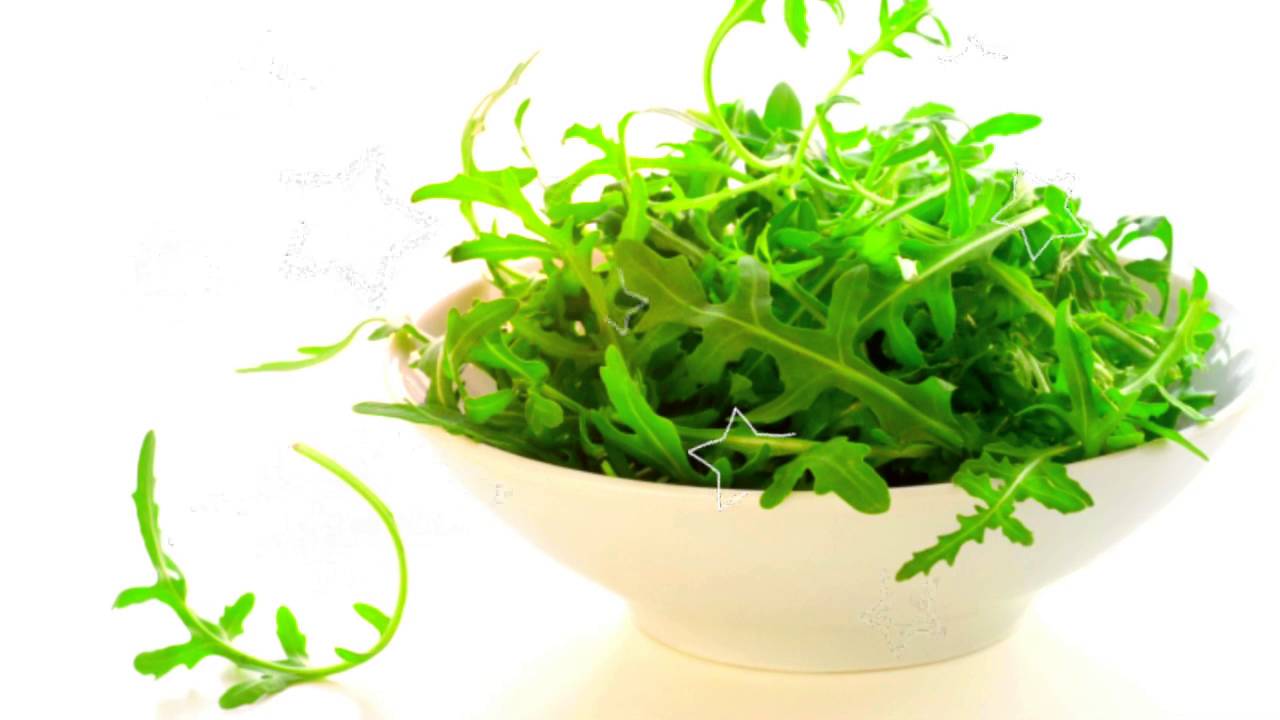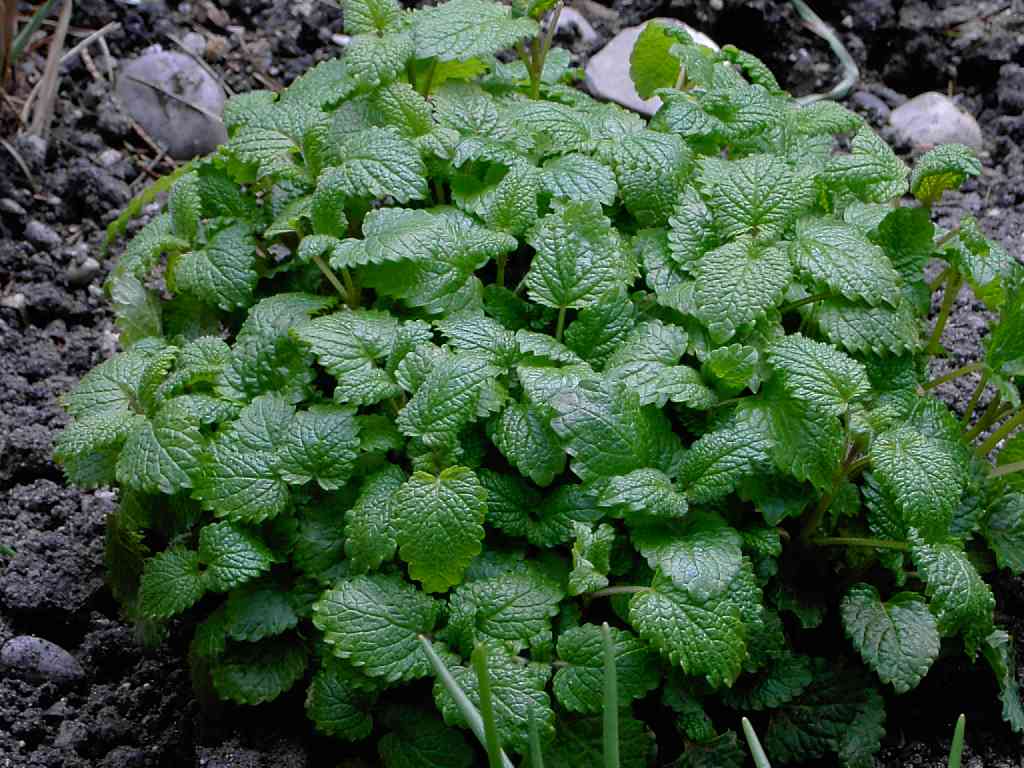Content:
Everyone knows this natural resin: propolis tincture is available to everyone, and is available in almost all home first-aid kits. But few people know what bee propolis is. The substance is known to be a very effective remedy.
The healing properties of propolis
The study of the composition of propolis was carried out by numerous medical research institutes in most countries of the world: USA, Canada, Russia, India and Great Britain. As a result of these studies, more than 200 compounds that make up propolis have been identified. This gives the right to say with complete confidence that the protective functions of propolis are due to the presence of low molecular weight cyclic substances:
- Polyphenols, which are found in plants and, in turn, are subdivided into tonins and phenylpropanoids, or, as they are also called, flavonoids.
- Aldehydes are dehydrated organic alcohols. This includes formic, vinegar, valerian, peach, strawberry alcohols, which are not even classified as alcohols, but esters or lactones.
In addition, the product contains:
- All trace elements necessary for a person: magnesium, manganese, chromium, selenium, zinc, silicon, sulfur, phosphorus. This is not a complete list.
- The vitamin group is represented by vitamins of group B (B1,2,6), in addition - retinol (A), tocopherol (E), C, H and P.
Having such a composition, propolis cannot but have a therapeutic effect on the human body. It is a natural antiseptic for both bees and humans, and is used in complex treatment for the following diseases:
- With diseases of the gastrointestinal tract - gastritis and gastroduodenitis, with colitis and stomach ulcers. There is even an opinion that he is able to cope with a gastric bacterium that causes stomach ulcers - Helicobacter pylori (Helicobacter pylori).
- Women's diseases - endometritis, thrush, inflammation of the appendages can be treated using a natural antibiotic - bee propolis.
- Diseases of the upper respiratory tract - sinusitis, sinusitis, otitis media, sore throat, laryngitis are treated using propolis tincture for instillation into the nose and ears, as well as rinsing.
- With bronchitis, inhalations can and should be done using a useful aqueous infusion - it clears the bronchial mucosa from viscous sputum and successfully fights against pathogenic microbes.
- The use of tinctures improves the condition of blood vessels: the walls of blood vessels are strengthened and cleansed of cholesterol deposits. All this has a beneficial effect on the state of the cardiovascular system, prevents strokes and heart attacks.
Propolis: how bees do
The question of how bees make propolis is still open. There are two versions:
- Collecting nectar and filling their goiter with it, bees on their feet bring resinous substances to the hive that cover the spring buds of trees and stems of flowering plants. In the hive, they clean off the resinous substance and secrete a special enzyme that turns the plant resin into a kind of glue or putty, with which the bees cover all the cracks in the hive, preparing it for winter. In addition, if a mouse enters the hive, the bees kill it, and the corpse is mummified with propolis. They are covered with honeycombs, where the uterus lays eggs. They strengthen the entrance, making the wall of the entrance thicker, especially in severe winters. This glue has antibacterial and antiseptic properties, which protects bees from many diseases.
- The second version of the origin of propolis is that propolis is nothing more than a resinous residue from the first phase of digestion of pollen. Supporters of this theory argue, and not without reason, that the collection of propolis is activated during the period of active flowering of plants, when there is an abundance of pollen, and resinous spring buds are no longer there. In addition, it has recently become known that propolis is a product of variable chemical composition. This means: in order to obtain a product identical to the Indian one, the bee must be in the growing area of Indian flowers. Moreover, even outwardly, it may look different - lighter or darker, viscous or fragile.
How and when beekeepers harvest propolis
This beekeeping product is harvested throughout the honey production season. The bees cover the walls of the frames with propolis, in which they build honeycombs from wax and fill them with honey. By pumping honey out of the honeycomb, at the same time clearing the frames of propolis, beekeepers get a natural and highly demanded product - propolis. Cleaning in progress:
- the most advanced beekeepers grind it and fill it with water;
- a suspension of various impurities and lighter fractions appears on the surface of the water, which is removed with a strainer;
- at the bottom there is a pure product suitable for ingestion.
It has the following organoleptic properties:
- pungent bitter taste;
- color varies from yellow to dark brown, almost black;
- consistency - from plastic to brittle, like rosin, resins;
- it dissolves in ethyl and methyl alcohol;
- melts at a temperature of 80 to 102 ° C;
- if boiled in water, it does not lose its medicinal properties.
How to prepare it for treatment
Propolis medications are prepared in different ways. The most commonly used alcohol tincture of propolis. It is very simple to prepare it, but you can take it both internally and externally, and for rinsing the throat and instilling it into the nose. For cooking you need:
- grind propolis and add ethyl alcohol in a ratio of 1:10;
- seal and place the container in a dark, dry place. It is advisable to shake the bottle thoroughly daily;
- after 14 days, strain the tincture and pour into dark bottles;
- the remaining mass can be poured with alcohol again, but in half the volume, and repeat the entire cycle from beginning to end.
The water infusion is prepared according to the same principle, only you can insist for 2-4 days, and then drain the water and store it in the refrigerator. Shelf life is no more than a week. Take as directed. Pour the remaining propolis again with water and repeat the whole cycle.
Honey with propolis is used both for oral administration and for the treatment of external wounds, as well as joint pain. For cooking you need:
- put propolis in the freezer for a day;
- it will become brittle, you need to crush it into very small fractions;
- add propolis to honey and put in a water bath. The temperature should be monitored, because the temperature of the honey mass should not exceed 40 ° C, otherwise honey will lose its unique properties and become toxic;
- When the propolis dissolves, strain the honey while still warm to remove the wax.
Is there anything in common between bee droppings and propolis?
There is an opinion that propolis is bee droppings. I must say that this opinion is wrong. First of all, you need to know the following about bees:
- they never defecate in the hive;
- only the queen can afford it in winter, but the worker bees will immediately clean up after her;
- all the time - from the first days of spring to wintering, bees defecate on the fly outside the hive;
- in winter, bee droppings accumulate in a special receptacle, the intestine. And in spring, at temperatures above 8 ° C, bees make their first sanitary flight and empty their intestines.
But it happens that, looking into the hive in the spring, the beekeeper discovers that the walls of the hive are covered with liquid bee droppings. This is a very bad sign:
- it can be an infectious disease that leads to the death of the entire bee colony;
- maybe they were left with poor-quality food, which led to massive diarrhea;
- sometimes late spring becomes the cause of such bee embarrassment, when they cannot make their first spring flyby in time.
What is the correct name for bee droppings and what does it have in common with propolis? Such frequently asked questions suggest that people confuse beekeeping products: propolis, podmore, royal jelly, pollen and honey with the usual products of the excretory system - feces. They have no value. No one ever collects them, firstly, because you will not see them in healthy families, and if you see them, then this is a sign of the bee colony's trouble.
Propolis is widely used in traditional and folk medicine for the treatment of various diseases. When used correctly, it will help strengthen the health of a healthy person and improve the condition of a sick person.
















